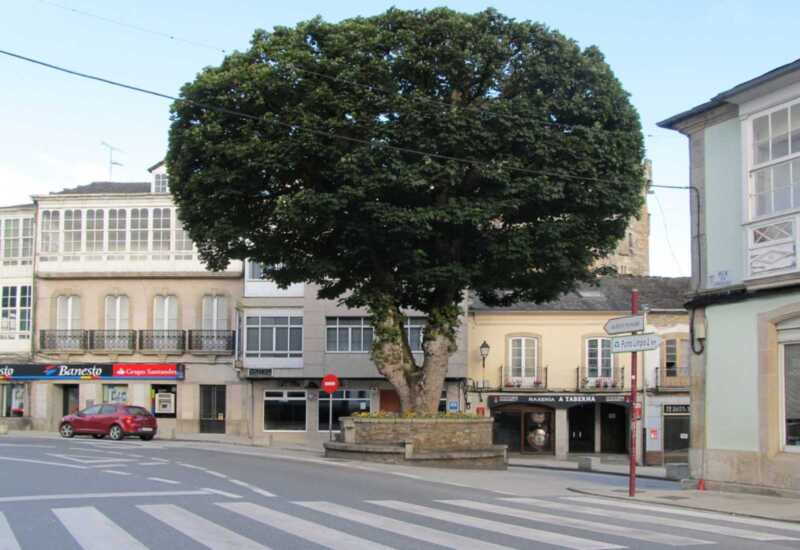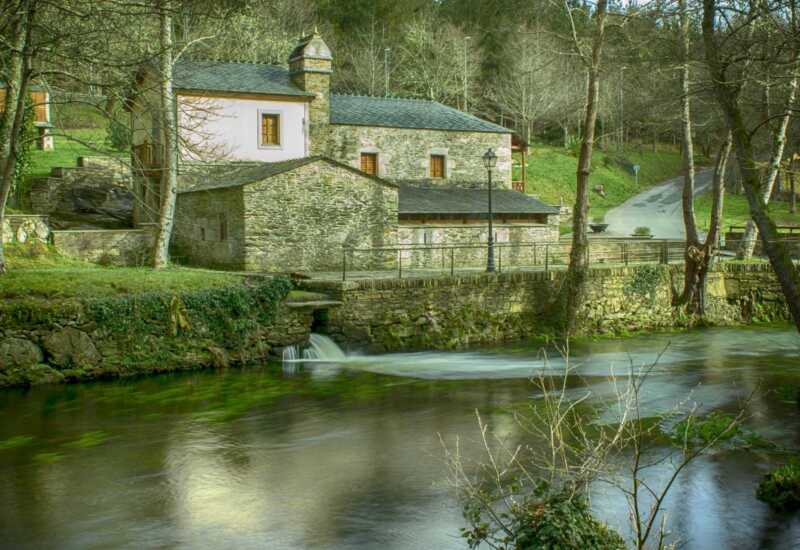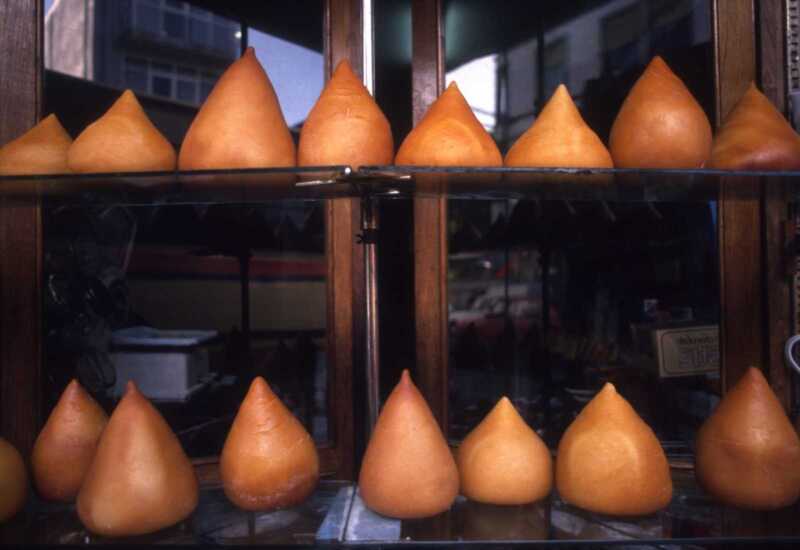Information about Vilalba
Vilalba is a small and quiet village located in the province of Lugo. It has an enviable heritage that you can easily enjoy walking through its streets, such as La Pravia or the Parador Nacional de Villalba. These buildings add beauty to a landscape full of goodness and natural charm. Of course, the gastronomy of the place is also a delight and it is well worth stopping for lunch or dinner at any of its restaurants.
The first references to this town date back to the 6th century, making it a town with a great tradition and architectural proposals of great interest. There will be no shortage of options for those who prefer to be surrounded by nature, trails and idyllic spots.
What to see and do in Vilalba
La Pravia
The Pravia has a great importance in this town and it is located in the confluence between the street that takes its own name and the Galicia street. It is one of the most representative symbols of Vilalba.
It is a totemic tree that is attributed with the mission of representing the personality and character of this millenary people. It is a white maple tree that is in a perfect state of preservation and stands imposingly to preside over the village. It is an essential place to visit when visiting the area.
The Parador of Vilalba
This parador was originally located on a 15th century keep of the Castle of the Counts of Andrade, so it oozes history. Although it was once a 3-star accommodation, it is now a 4-star hotel establishment with an excellent reputation.
The culture and life of the village also revolves around this Parador. Next to this location the Vilalba Fair is held every first Sunday of the month. A place to contemplate history and to participate in the leisure activities of the town.
The river promenade and recreational area of A Madalena
This beautiful natural promenade is located less than 1 km from the Parador de Vilalba. It is presented among chestnut, oak and birch trees to provide a stay of the most peaceful to any traveler who decides to take this path in the middle of nature. It runs from Muiño do Rañego along the river Madalena.
It has two more mills in the transit of the route and if you cross the river you can cross several wooden bridges. The trails have a special charm that is worth enjoying and halfway along the way you will be surprised by a river beach with a water park and recreational area. In this area you will also find a heated swimming pool and various sports facilities for a full day out.
The Museum of Prehistory and Archaeology of Vilalba
From the Palaeolithic to the Roman Age, you can travel through the history of the place just by entering the Museum of Prehistory and Archaeology of Vilalba. There you will find interesting material remains contextualized in their social and temporal location for an excellent history lesson.
The heritage it contains comes from various sources, from private contributions to excavations carried out by the Museum in agreement with other associated entities. It is the most complete and relevant exhibition on the Stone Age that can be found in the whole of the northwest, making it extremely interesting.
The lagoon of Cospeito
This beautiful lagoon is located within the framework of the Terras do Miño Biosphere Reserve and is among the 33 wetlands with special protection that exist throughout Galicia and that belong to the Network of Natural Spaces of the European Union. It is of great beauty and is a huge tourist attraction for travellers and pilgrims.
In addition, from this lagoon there is a 17 km long route that runs along the riverbanks. It is a unique walk where you can enjoy the views, as it contains different viewpoints along the way. Next to the lagoon you can also see the castle of O Cal da Loba, ruins that are in the context of the castreños settlements belonging to the last medieval battle in Galicia.
Gastronomy: The Vilalba capon
The gastronomic offer of the place is exquisite and contemplates the different recipes of the Galician tradition. Its star product is the capon of Vilalba, typical of the area. These capons are castrated and then fattened for exactly 77 days.
This capon has a great fame throughout Galicia and also in the national territory. It is typically consumed on special dates such as Christmas dinner and has an excellent quality. In this village the Vilalba Capon Fair is held just before Christmas Eve, where prizes are awarded to the best specimens and breeders.













